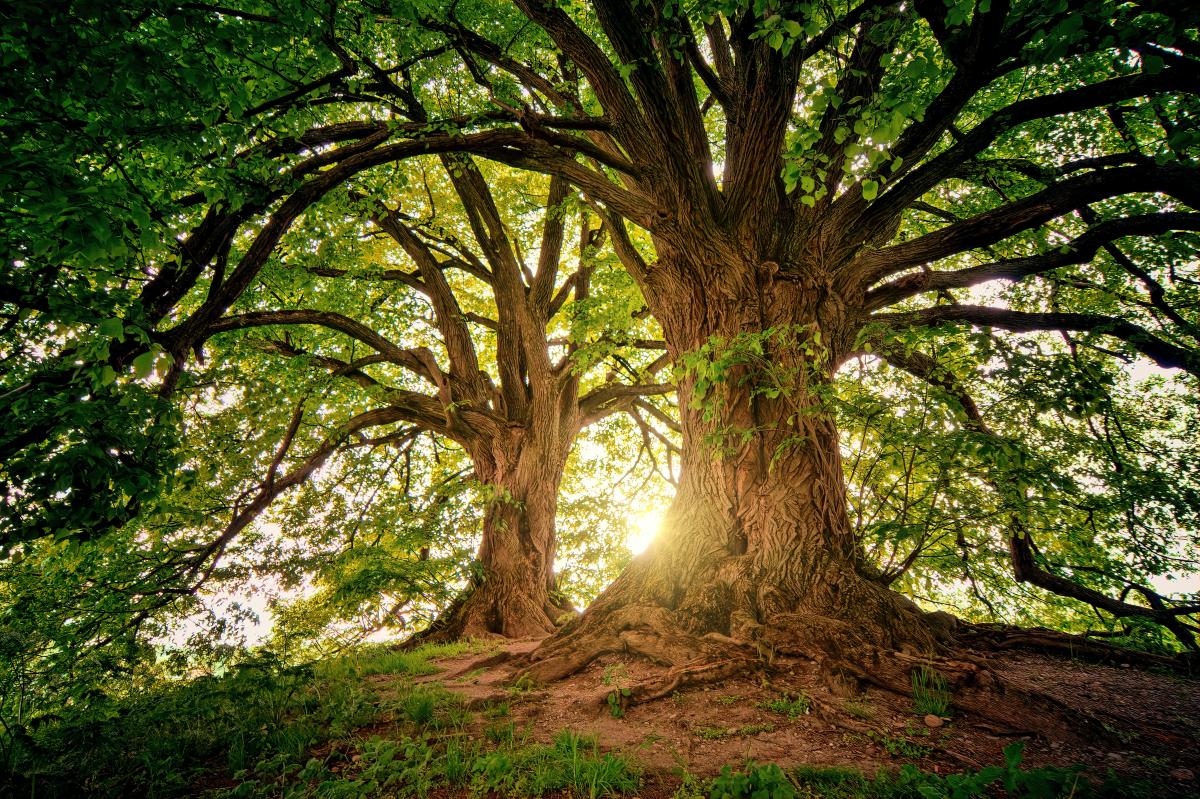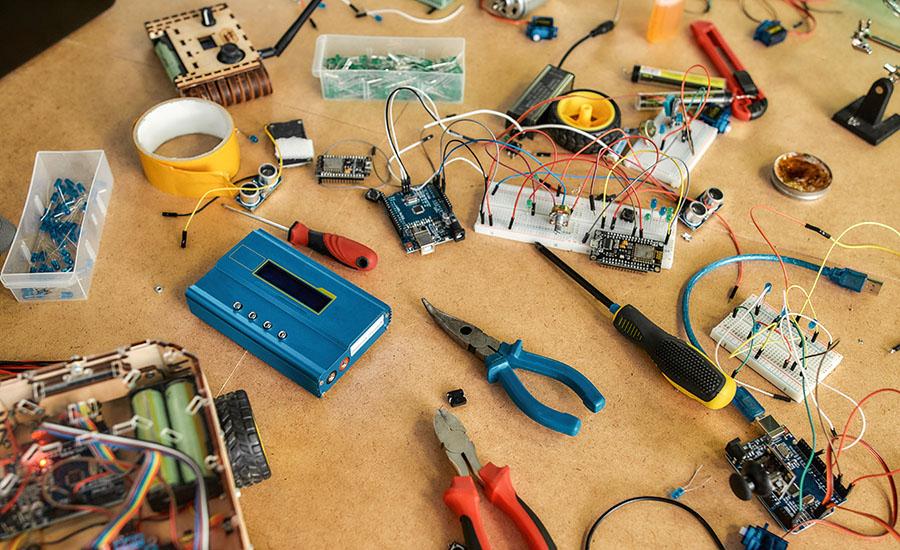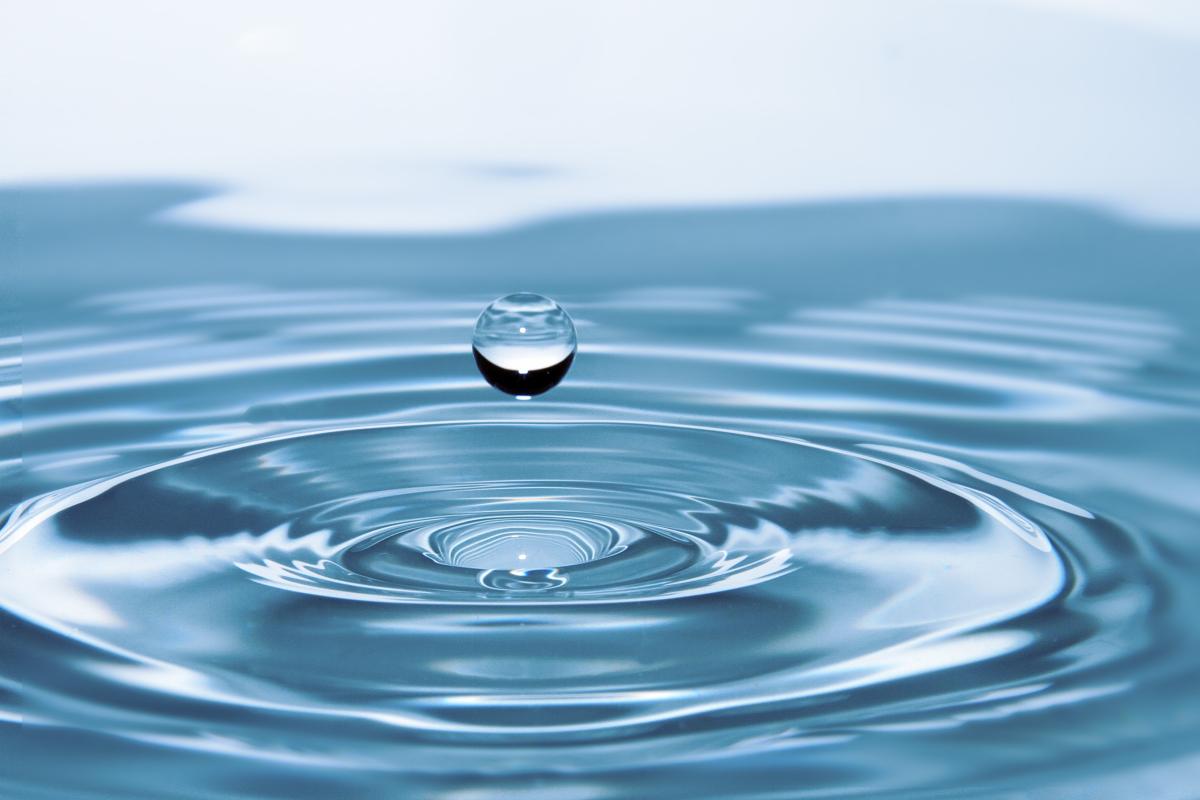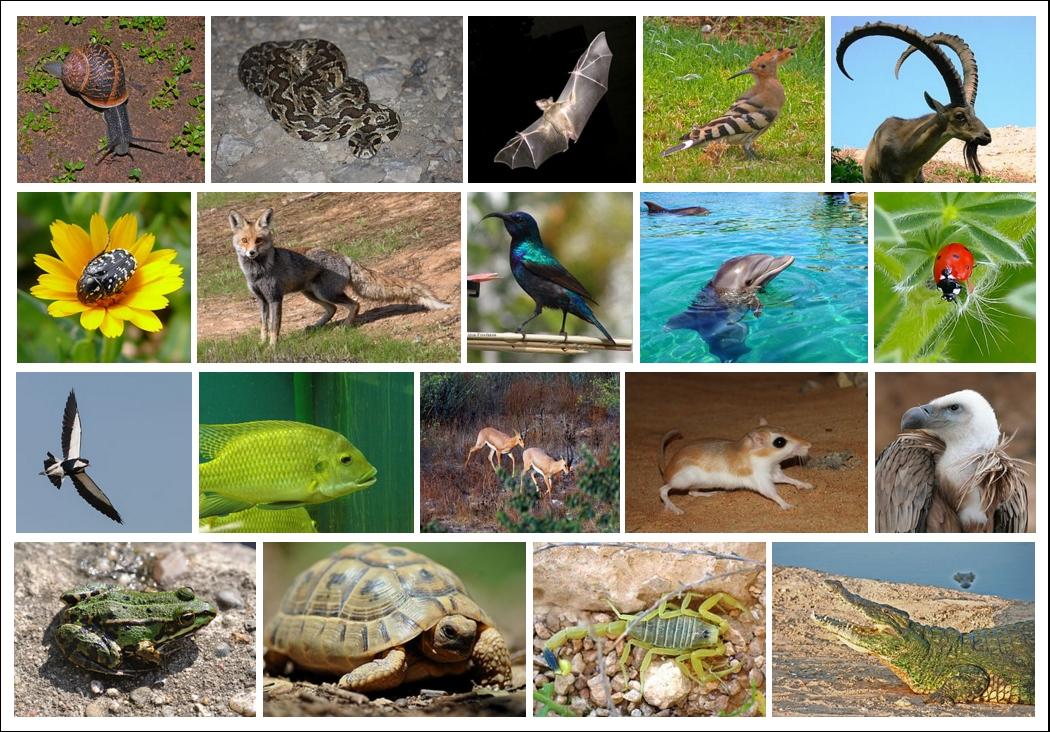
Do the colors of our world attract sunlight differently? In this lesson, students will use color and temperature to test and graph answers to this question. Provided are certain links to read

Do the colors of our world attract sunlight differently? In this lesson, students will use color and temperature to test and graph answers to this question. Provided are certain links to read

This lesson is a great way to highlight Earth's rotation in addition to its revolution. Students build a model Earth with an axis to understand the tilt in the Earth and how it is responsible for the

Today we are engineering marble runs. To do this we will: Share ideas Brainstorm and sketch plans Count and measure Collaborate and communicate effectively with others

Today we will engineer air powered rockets. To do this we will: Watch a video and note the shape of rockets and learn about countdown and liftoff Name shapes as we brainstorm and sketch plans Build

By creating a stop motion animation, students will gain a deeper understanding of how landforms develop, are weathered, and erode. This is an engaging way to help infer the history of the current

In this hands-on lesson, students learn about the discipline of structural engineering by using the engineering design process to create a load-bearing structure. The purpose of this lesson is to

In this hands-on lesson, students will test how long an ice cube takes to melt in the classroom. They will then design and build a structure that will prevent a 1-gram ice cube from melting completely

In this hands-on lesson, students explore force and motion. They will plan the construction of a slide for a marble that will show how the unbalanced force of gravity will act on the marble in order

In this lesson students model the process of speciation using Skittles. As they work through the story, students see how changing geography can change the traits in a species and how over time these